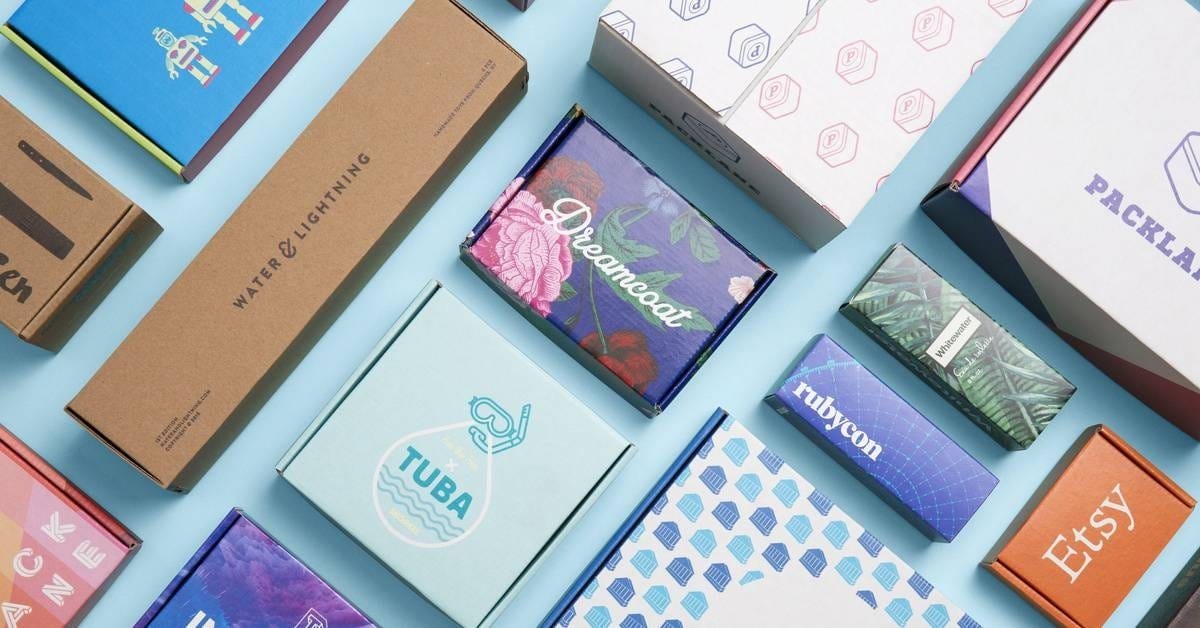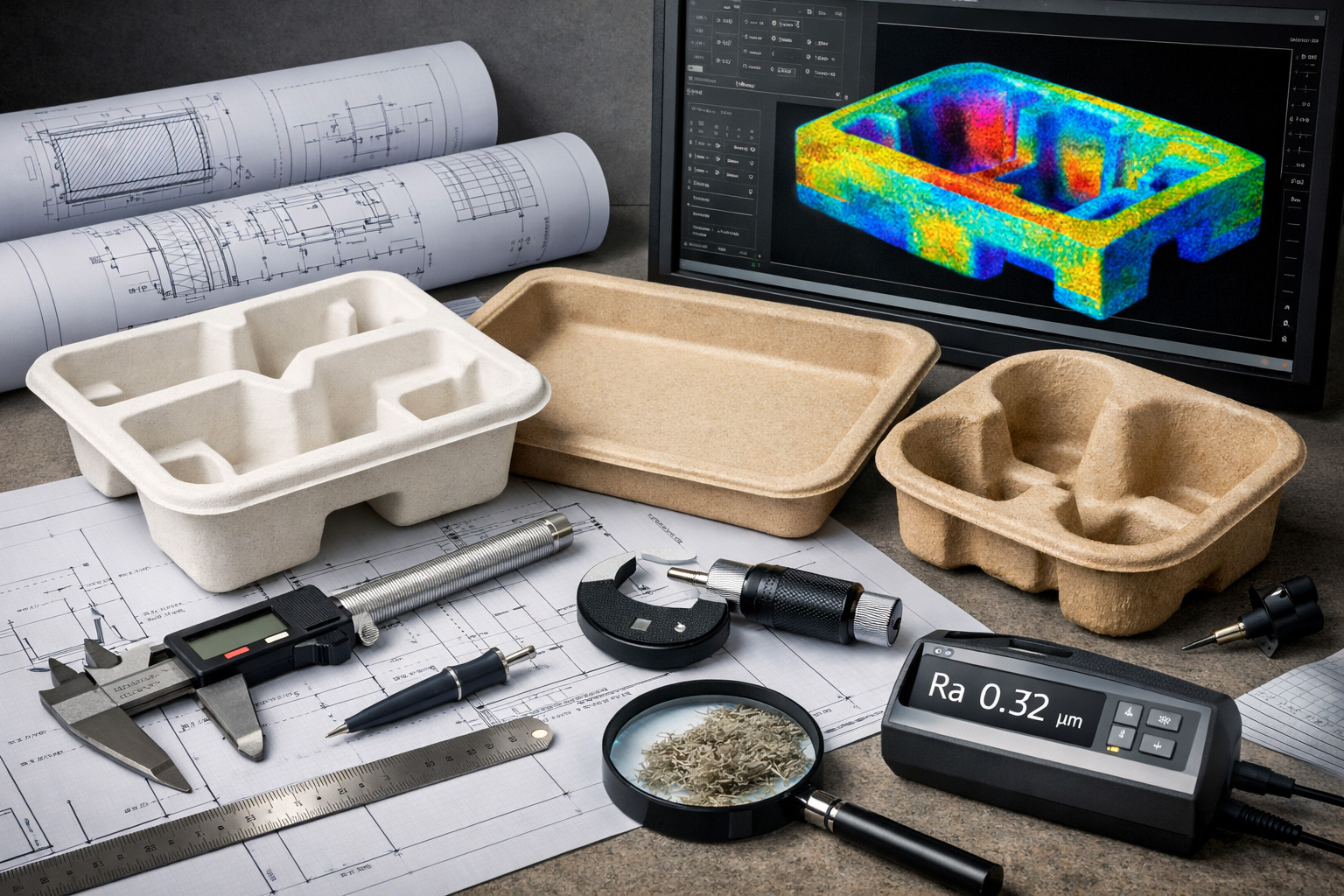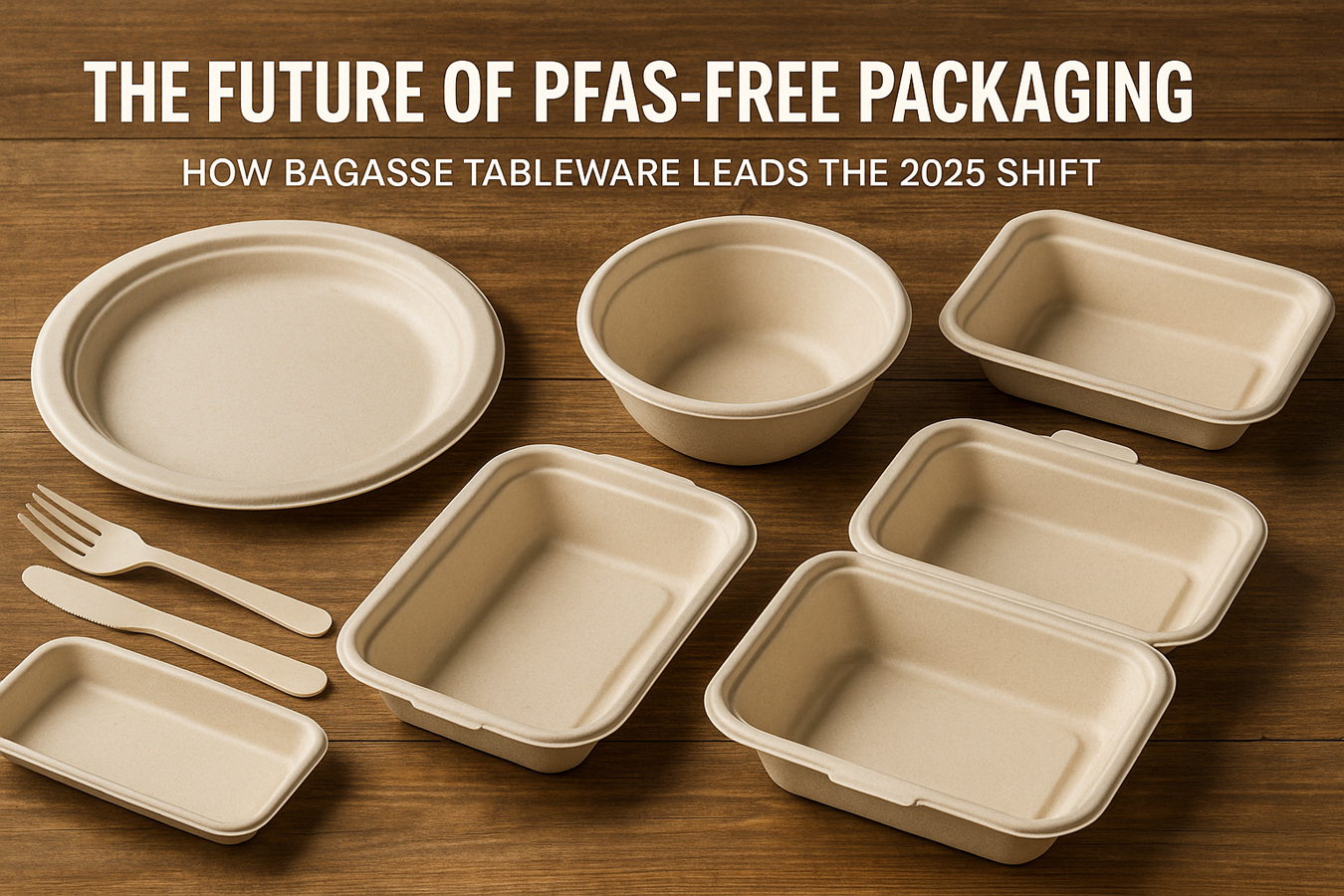Sugarcane bagasse meal boxes achieve water and oil resistance through a combination of natural properties, chemical treatments, and surface engineering. Here’s how this is typically done:
1. Natural Fiber Structure
- Sugarcane bagasse is a fibrous material left after juice extraction. Its structure can naturally resist some degree of moisture and oil when compacted under high pressure during manufacturing.
- The density of the material affects its resistance properties; higher compaction reduces porosity, limiting the absorption of water and oil.
2. Surface Coatings
- Biodegradable Coatings: A thin layer of biodegradable materials like polylactic acid (PLA) or other plant-based resins is applied to create a barrier. These coatings are effective in repelling water and oil while maintaining the eco-friendly nature of the product.
- Wax Coatings: Natural waxes (e.g., carnauba wax) or synthetic waxes can be applied to the surface to improve resistance.
3. Additives in the Pulp
- During the production process, chemical additives like alkyl ketene dimer (AKD) or alkenyl succinic anhydride (ASA) can be mixed with the bagasse pulp to enhance its hydrophobic (water-resistant) and oleophobic (oil-resistant) properties.
- These additives bond with the fibers to create a durable, water- and oil-resistant structure.
4. Heat Pressing and Molding
- The manufacturing process often involves high-temperature pressing, which helps in sealing the surface of the bagasse material. This reduces the material’s porosity and provides a smoother finish that is less likely to absorb liquids.
5. Nano-coatings
- Advanced techniques involve applying nano-scale coatings to the meal boxes to achieve high-performance water and oil resistance without significantly altering the texture or feel of the product.
6. Lamination
- Thin laminated films, often made from biodegradable polymers, are sometimes added to enhance resistance properties. These films are carefully selected to ensure they are compostable to maintain the eco-friendliness of the packaging.
Key Considerations
- Compostability: The coatings and additives must be compostable to align with the sustainability goals of sugarcane bagasse products.
- Regulatory Compliance: Materials used for water and oil resistance should comply with food safety standards and regulations.

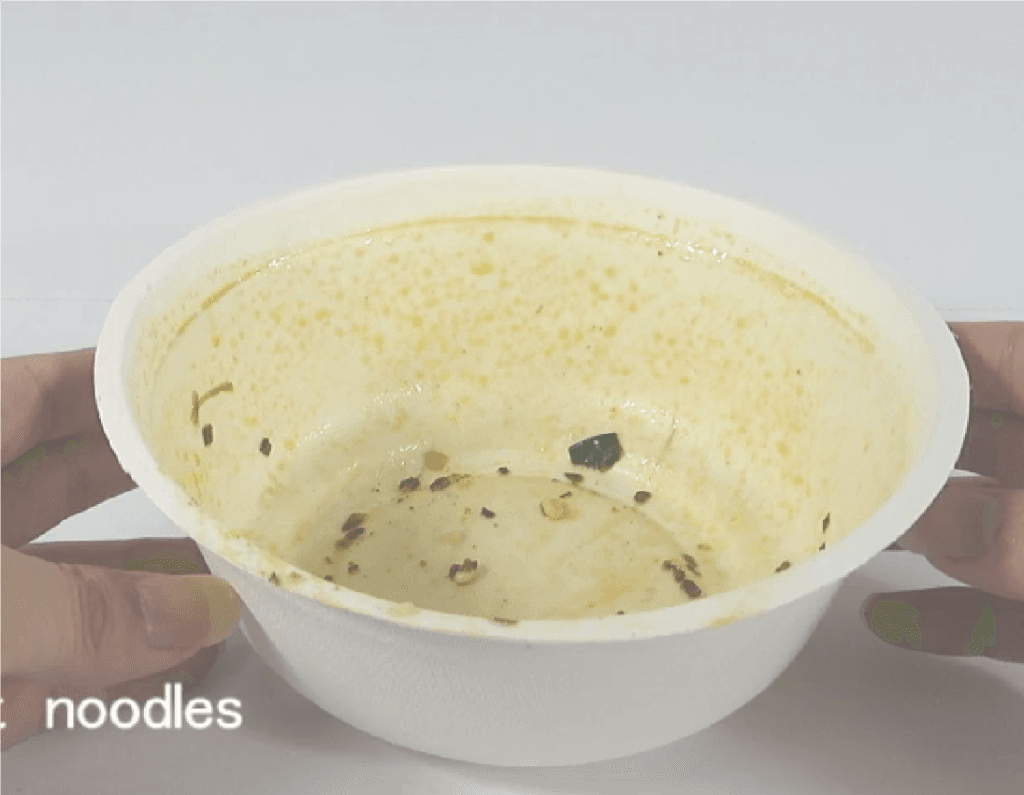
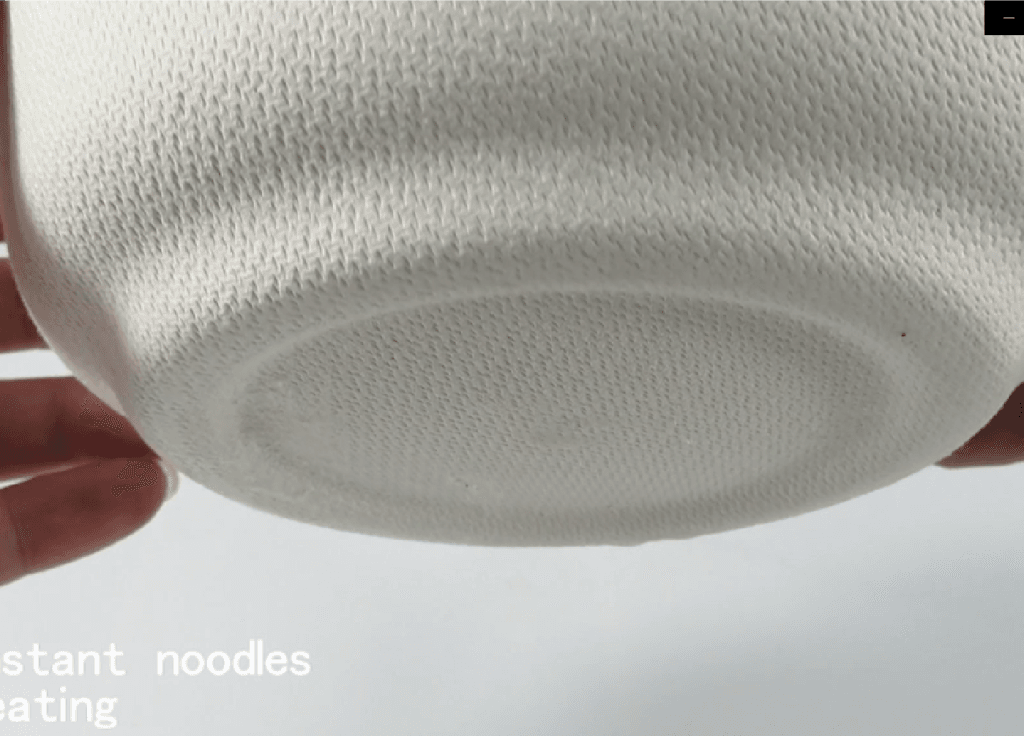
By combining these approaches, sugarcane bagasse meal boxes can effectively resist water and oil, making them suitable for various food packaging applications while remaining eco-friendly and biodegradable.
It’s important to note that while these methods can improve the water and oil resistance of sugarcane bagasse meal boxes, they may not make them entirely waterproof or oilproof like some plastic containers. The treatments are typically designed to be sufficient for single-use applications while maintaining the eco-friendly characteristics of the product.



